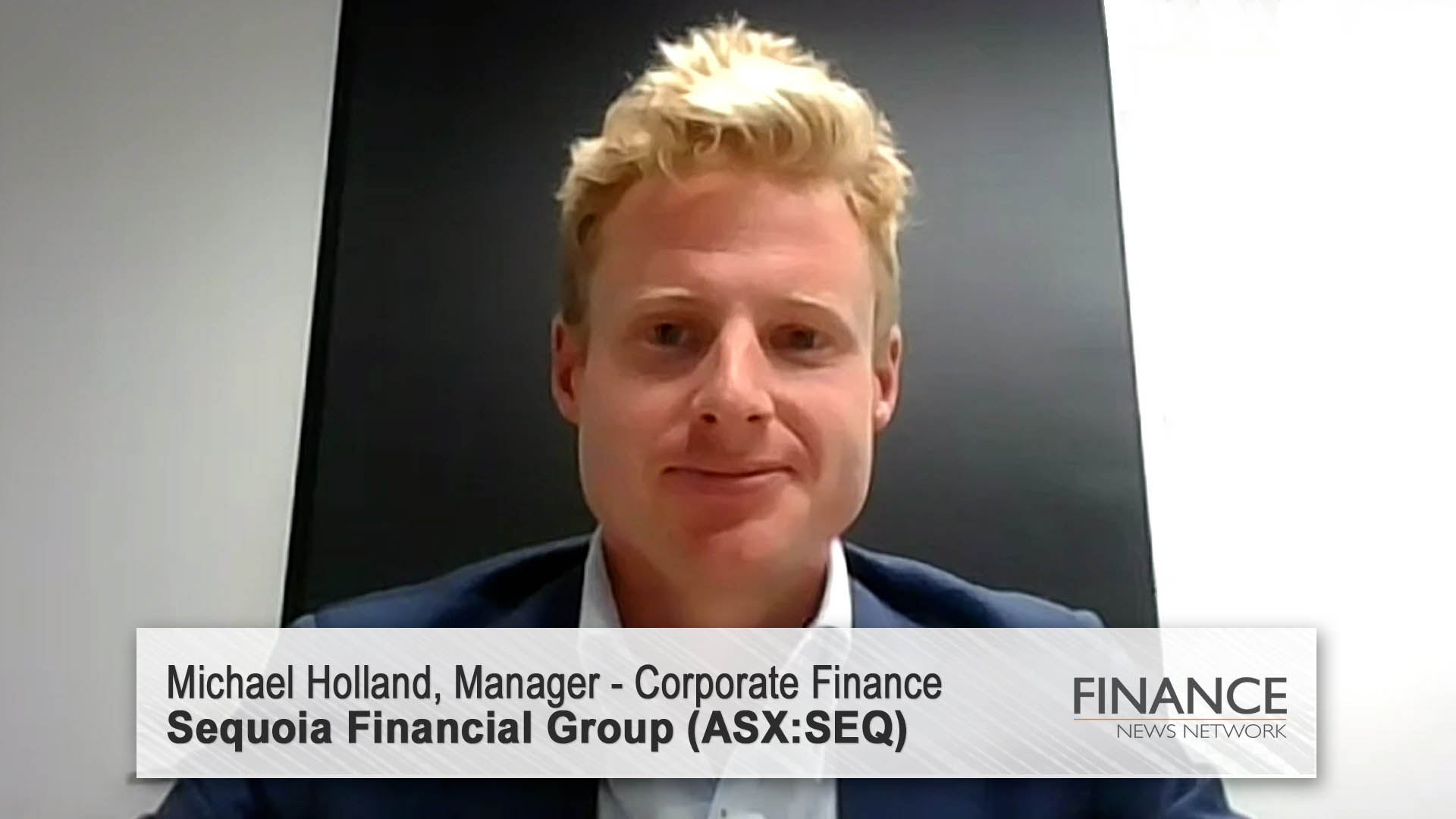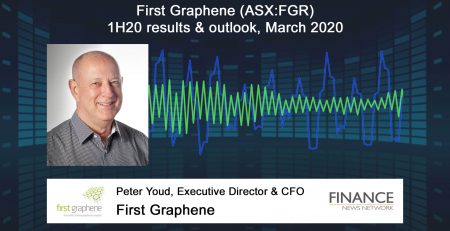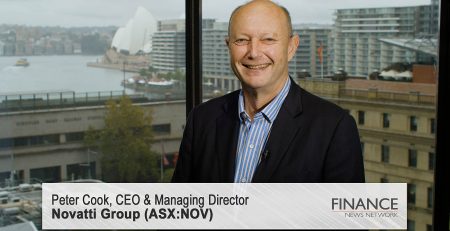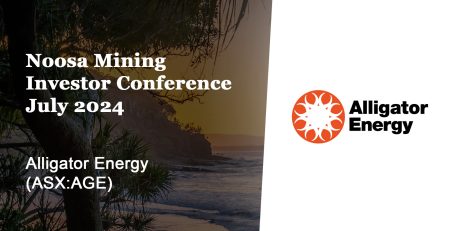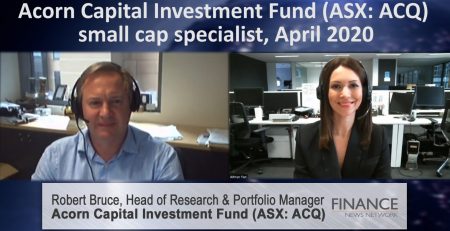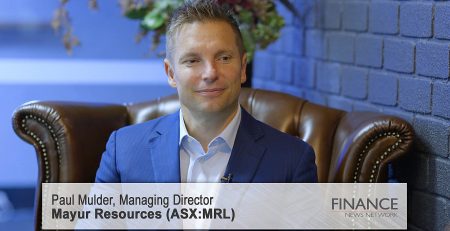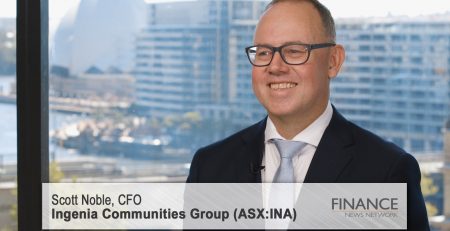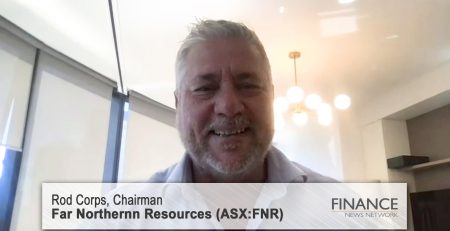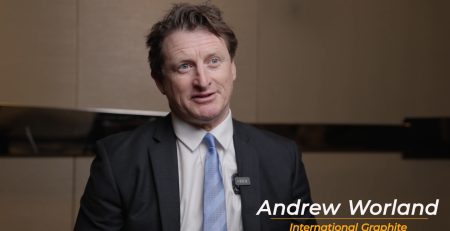Searching for heavy mineral sands and rare earth elements in Africa
There has been a global underinvestment in heavy mineral sands projects over the past decade. Newly debuting Chilwa Minerals (ASX:CHW) aims to address this shortage.
Paul Sanger: Today I'm joined by Michael Holland, an Associate Director of Sequoia Corporate Finance. Sequoia Corporate Finance acted as lead manager for the IPO of Chilwa Minerals (ASX:CHW), which is listing on the ASX later this week. Now, Michael, before we start, in the interest of full disclosure, I should mention that Sequoia owns the Finance News Network, ShareCafe, and Corporate Connect, our research business. Welcome, Michael.
Michael Holland: Thanks, Paul. Good to be here.
Paul Sanger: First up, Michael, can you just tell us a bit more about Chilwa Minerals?
Michael Holland: Of course, Paul. So, Chilwa Minerals was incorporated in 2022 and is focused on mining exploration, specifically targeting mineral sands and rare-earths at the Lake Chilwa precinct in southern Malawi. The company's primary exploration targets are critical mineral deposits, specifically heavy mineral sands, such as ilmenite and zircon. The area is also highly prospective for rare-earth elements such as monazite and xenotime, with the existing geology workings and discoveries on adjacent tenements indicating its potential.
Paul Sanger: And, Michael, can you give our viewers an overview of the processes of bringing a company to market and the role you play in assessing the viability of companies that want to become publicly listed?
Michael Holland: From the outset, we sit down with management, we sit down with board, get to know them as best we possibly can. And, before we do anything else, the first determination is whether this company is ready to be listed, quite simply, and if that is the best strategy for them, because it's not the only road you can go down. I mean, you can take private equity funding, you can take high net worth funding, you can look for strategic partnerships. So, first and foremost, it's about making sure that an IPO is the right process for them, and then making sure that they're ready to actually be a listed company and have the ramifications and the responsibilities that come with that. So, there are quite stringent corporate governance requirements that you need to meet. And so it's our responsibility and our job to make sure that the directors and board know what they're getting into, first and foremost.
Paul Sanger: And, Michael, how many companies would your corporate team see before undertaking the lead manager role?
Michael Holland: A lot, quite simply. I would say my boss and I, Alex Fabbri, meet with at least three to four companies a week. So, some of them, like Chilwa, are looking to list on the ASX and undertake an IPO, list for the first time. And others are already listed vehicles who are looking for a range of corporate advisory solutions, be it equity capital markets to help with raising money, strategic work. So, yeah, we would meet with a number of companies and then essentially it's our job to undertake a due diligence process as to who we want to work further with.
So, given the requirements of an IPO, they are exceptionally time-consuming things, and they require a lot of time and effort. So, I would say, for every one like Chilwa that we've chosen to undertake, there's probably at least 15 to 20 which we decline for a myriad of reasons.
Paul Sanger: And, with respect to Chilwa, can you give viewers an idea of what you feel distinguishes the business from its competitors?
Michael Holland: We believe Chilwa was an IPO priced as an exploration opportunity, but really it's more a development opportunity, in the sense that a lot of work has been historically done on this asset. So, it's far further advanced than most junior resources that are listing onto the ASX. To give you an example of this, Paul, so, in 2015, there was US$5m spent on this asset, which was to define the JORC-inferred resource. We've got 1,600 previous drill holes to work over. So, there's been a lot of works on this asset previously, which give us a great starting point and has defined four targets that we can immediately drill out again to further increase the size of this resource.
Paul Sanger: Michael, I understand the company has raised $8m worth of shares at 20 cents for an initial market cap of $13m. How do they plan to use the funds?
Michael Holland: Yeah, so that was one of the things that had immediately attracted us to this opportunity, Paul. So, of the $8m that was successfully raised, $4.5m, so more than 50 per cent, is going directly into exploration, so being spent in the ground. That exploration budget includes $1.6m for a 17,000m drilling campaign, which is scheduled to commence in the third week of July. Now, I haven't mentioned them as yet, but they were able to get a huge amount of drilling through their strategic project partner, which is the Mota-Engil Group, a large Portuguese-based construction and engineering conglomerate. So, what Mota have actually done for Chilwa Minerals is they've purchased a sonic drill rig, which Chilwa were able to use for a concessional cost of $60 a meter. Now, independent quotes we got for sonic drilling was about anywhere between $180 to $200 a metre, meaning that the initial $1.6m drill campaign would have only got 7,000m worth of drilling. So, essentially we're getting 10,000 more metres for the same price, which, again, for us was a hugely appealing factor in undertaking this IPO.
Paul Sanger: And can you share details about who the Chew board is and their experience in the industry?
Michael Holland: Absolutely. So, Chilwa's Founder and Managing Director is a man called Cadell Buss. So, Cadell is a multi-industry professional with a master's degree in project management. He has key relationships inside Mota-Engil, having previously worked for their mining subsidiary, Luso Global Mining. Cadell has been the founder and the driving force behind this project. Phil Lucas will be the chairman. He is a very experienced mining lawyer out of Perth and one of the partners of law firm Allion Partners. Thirdly is Dr Alexander Shaw, who is a geology PhD and the CEO of Luso Global Mining. So, the composition of the board is such that Chilwa have two representatives and Mota-Engil Group have two representatives. So, Alexander Shaw brings significant technical expertise to the project, having worked on the ground in Africa for 20 years.
Finally, on the board is Manuel Mota, so the surname might ring a couple of bells. Manuel is actually the Deputy CEO and grandson of the founder of the Mota-Engil Group. He has invaluable relationships in Africa, having previously been CEO for Mota of Africa, and will bring a large amount of gravitas to the project, having been recently featured on the cover of Forbes magazine.
Paul Sanger: And, Michael, given that Chilwa is based in Malawi in Africa, what risk do you see in terms of country risk, transport risk, and any other risks?
Michael Holland: Yeah, that's a great point, Paul, and something I can assure you we looked at very closely before agreeing to undertake this project. So, what mitigated many of our concerns associated with country risk is the strategic project partnership that we just referred to with Mota-Engil. So, Mota have been in Africa since 1976 and have been operating in Malawi in-country since 1998. So, they've had people on the ground there for 25 years and they currently have over 400 staff in the country. That's a huge advantage for Chilwa because they've signed a services agreement between Mota-Engil and Chilwa Minerals, meaning that Mota are basically in charge of sourcing labour, project materials, etc, for the group, and Chilwa just pay a small additional fee on top of that.
Paul Sanger: Michael, more generally, what do you see as the major risks and challenges of Chilwa, and what steps did you as corporate advisors look to understand to mitigate these risks?
Michael Holland: Yeah, of course. So, the main risk for Chilwa, as is typical for junior explorers, is their ability to successfully define and develop an economic resource and manage this process through drilling and testing, through to mine development and ultimately production and product sales. The resource needs to be of sufficient size and grade to warrant the capital investment to invest in it. We try to understand what the likelihood of the project making it through these various stages of development is, and it also involves a significant amount of work in learning about the underlying commodities. So, what attracted us to this project as well is the fact that there's been a global underinvestment in heavy mineral sands projects globally over the past decade, which means there is a significant supply shortage coming onto the market in the next few years, which makes any new supply an incredibly attractive proposition.
We also looked at Malawi more specifically, and other ASX companies and listed companies around the world who are developing projects in that jurisdiction. And we've seen success stories on the ASX in terms of Lindian Resources (ASX:LIN), Sovereign Metals (ASX:SVM), the recently listed NGX Limited (ASX:NGX), as well as other players on the TSX or the Toronto Stock Exchange, such as Mkango. And they're in the stages of developing projects there.
Paul Sanger: Michael, as an explorer, what results does the company have, what is the size of the land it holds, and how quickly do you expect to see results come from drilling?
Michael Holland: Yeah, Paul. So, something that sets Chilwa apart from other ASX-listed exploration companies is the amount of drilling that has historically been done on this asset. So, as we briefly touched on before, in 2015 there has been a JORC-inferred resource defined upon this project of 62 million tonnes at 3.9 per cent THM, or total heavy mineralisation. What this new exploration program will do is expand and further define this resource and hopefully turn it from an inferred resource to a measured resource. It's important to note that all the drilling historically was done on an area of 407 square kilometres. So, in Chilwa's own DD process, they actually uncovered an additional licence area to the south of their existing tenement for another 471km. So, combined, which these applications now have been, we've got a total area of 878 square kilometres. This compares very favorably to other listed companies within the area, such as Mkango, who have around 250 square kilometres, and Lindian Resources, who actually only have 25 square kilometres.
Paul Sanger: And, Michael, just to finish up, what key milestones and news flow should investors expect from Chilwa over the next three to six months?
Michael Holland: Chilwa are very much ready to go, which is fantastic. So, the $8m having been raised, the sonic drill rig has now landed in Malawi, and training will commence for the operators of this rig on 10 July. That means we'll be ready to drill on 19 July. So, within two weeks of listing, there will be holes going into the ground, which is fantastic. So, the news flow that people can expect is numerous. So, the first thing will be the first holes hitting the footwall, the first assay results, the first metallurgical results. This has all been project managed by Cadell to within an inch of its life. There is also aeromagnetic survey results. There's LIDAR results. So, the first three to six months will be absolutely full of news flow and something that we're really excited about to be able to tell to the market and continue to tell this story as it develops.
Paul Sanger: Michael Holland, thank you for your time.
Michael Holland: Thanks very much for having me.
Ends
Copyright 2023 – Finance News Network
Source: Finance News Network

